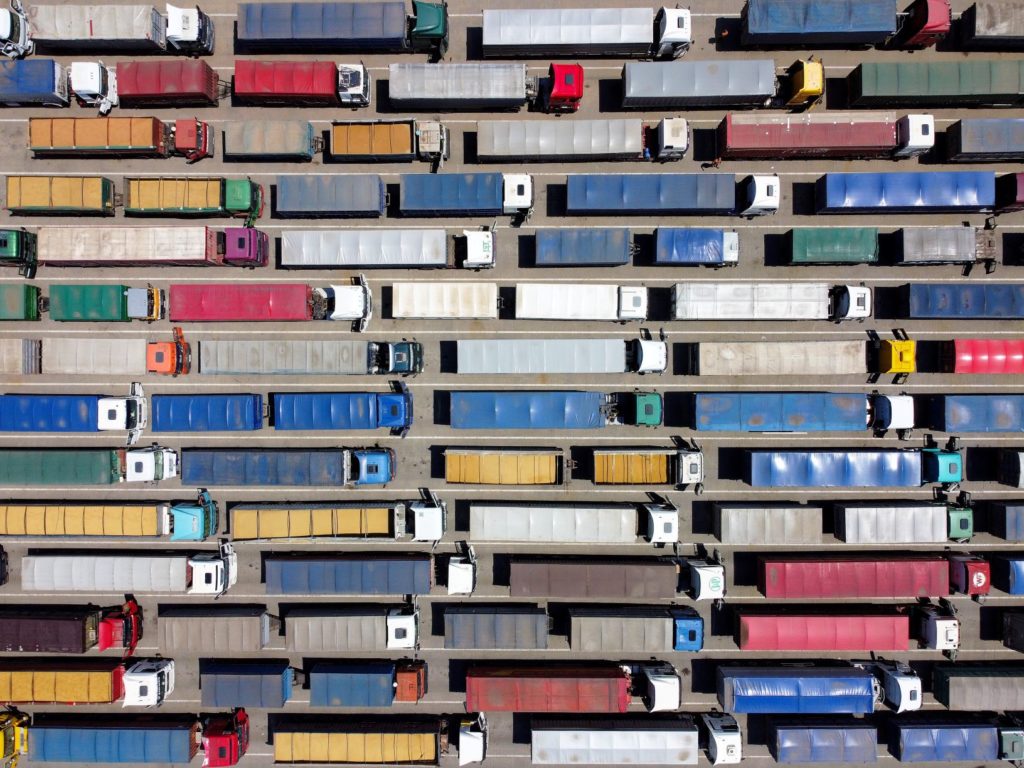GLOSSARY
FTL: Full Truckload
What does full truckload mean? FTL trucking, or full truckload, is a transportation mode where cargo is transported in a truck trailer that has been fully loaded. This means that the trailer is carrying as much freight as it can hold, making it an efficient and cost-effective way to move goods. FTL shipping is becoming increasingly popular among businesses that need to transport large quantities of products, as it can be more cost-effective than other modes of transportation, such as rail or air freight.
Ready to digitize and modernize your shipping operations?
See how Magaya can help.
How does FTL shipping work?
When it comes to shipping freight by truck, the most common land transportation option, there are two main options: full truckload (FTL) and less than truckload (LTL). FTL shipping is when a shipper rents an entire truck to transport their freight, and is generally used for large shipments. LTL shipping is when a shipper sends their freight on a shared truck with other shippers, and is typically used for smaller shipments.
FTL shipping tends to be more expensive than LTL shipping due to the higher cost of renting an entire truck. However, FTL shipping offers a number of advantages over LTL shipping, including faster transit times and greater flexibility in terms of shipment size and routing. For these reasons, FTL shipping is often the best option for time-sensitive or large shipments.
Key Takeaways
-
- What does FTL stand for in logistics? FTL is the common abbreviation for full truckload, a land transportation mode where cargo is transported in a truck trailer that has been fully loaded for a single shipper.
When is it better to choose FTL shipping versus LTL?
Many trucking companies offer both full truckload (FTL) and less-than-truckload (LTL) shipping options. But, how do you know which one is right for your shipment? The answer depends on a number of factors, including the type of cargo, the size of the load, and the distance it needs to travel.
If you have an oversized, heavy, or bulky shipment that won’t fit on a pallet, like some types of construction materials, FTL may be your best (and, sometimes, only) option. FTL trucking companies typically have a minimum weight requirement of 10,000 pounds, so if your shipment is smaller than that, you’ll probably need to use LTL shipping. LTL trucking companies don’t usually have a minimum weight requirement, so they can accommodate smaller loads. Keep in mind, however, that LTL shipments are often charged by the pound, so a smaller load can end up being more expensive to ship than a larger one.
The distance your shipment needs to travel is another factor to consider. If your cargo is going cross-country, FTL shipping will likely be faster because the truck won’t need to make multiple stops to pick up and drop off other shipments. On the other hand, if your shipment is only going a short distance, LTL shipping may be just as fast because the truck will already be making stops in your area to deliver other shipments. Ultimately, it’s important to weigh all of these factors before deciding which shipping option is right for you.
How does the FTL shipping process work, from order to delivery to the customer’s doorstep?
The full truckload shipping process begins when a customer (a shipper, or the shipper’s agent, like a freight forwarder) places an order with a trucking company. The trucking company then dispatches a truck to pick up the cargo from the customer’s location. Once the truck arrives, the cargo is loaded onto the truck and transported to the trucking company’s terminal. From there, the truck is dispatched to the customer’s destination. When the truck arrives at the destination, the cargo is unloaded and delivered to the customer’s doorstep. The entire process usually takes several days to complete.
Ready to digitize and modernize your shipping operations?
See how Magaya can help.
